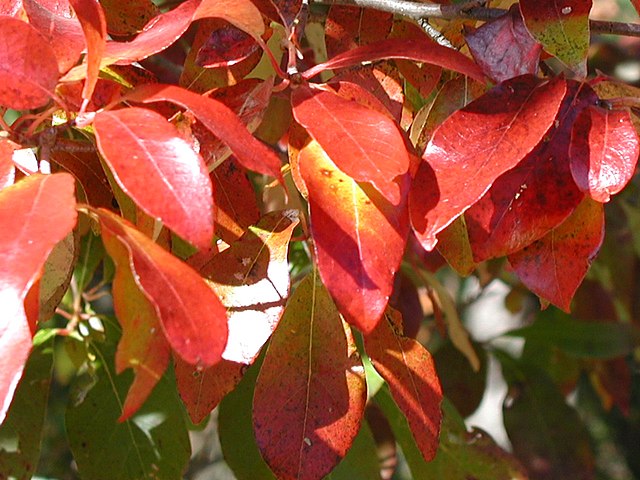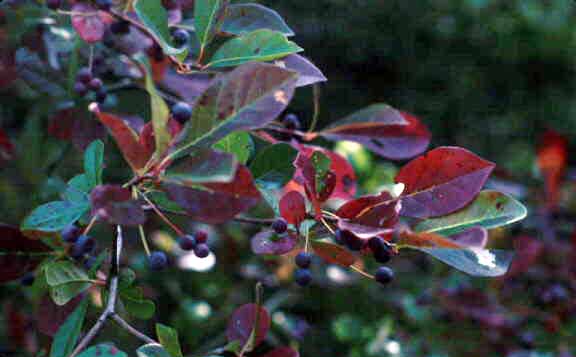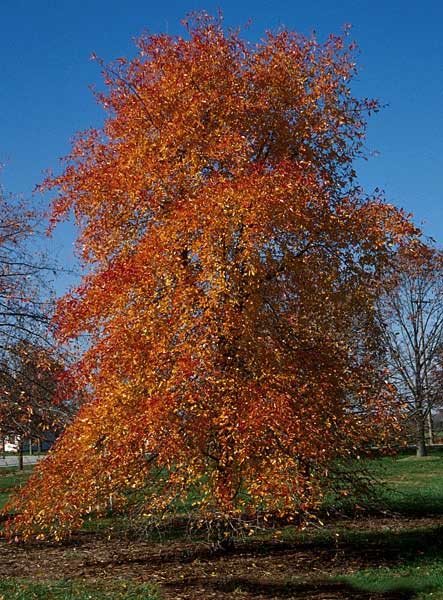nyssa sylvatica ‘wildfire’
Nyssa sylvatica – Black Gum – Black Tupelo
Nyssa sylvatica, commonly known as black tupelo or black gum, is a deciduous tree native to eastern North America. It is primarily found in wetlands and bottomland forests, thriving in a variety of soil types. Black tupelo is well-adapted to a range of climates, making it a versatile addition to gardens and landscapes.
This species is naturally distributed from the Gulf Coast to the Great Lakes and up to the northeastern United States. It prefers moist, acidic soils and is often seen growing alongside rivers, in swampy areas, or in mixed hardwood forests. Gardeners in regions with these environmental conditions can successfully integrate black tupelo into their landscapes.
When considering companion plants for black tupelo, choose species that share similar soil and moisture preferences. Native understory plants like ferns, asters, and cardinal flowers can complement the black tupelo, creating a harmonious woodland garden. Additionally, the tree’s vibrant fall foliage can be enhanced when planted alongside shrubs or perennials with contrasting colors, such as goldenrod or Virginia sweetspire.
Size -Typically reaches a height of 30 to 40 feet with a spread of 15 to 20 feet.
Light Exposure – It thrives in full sun to partial shade, adapting well to various light conditions.
Flower and Fruit – The inconspicuous flowers bloom in spring, and the tree produces small, bluish-black berries in the fall, attracting birds.
Fall Color – One of its remarkable features is the brilliant display of red, orange, and purple foliage during the autumn months.
Watering Black tupelo prefers consistently moist soil, especially during its establishment phase. Adequate watering is crucial for its overall health.
Fertilizer – This tree generally doesn’t require heavy fertilization, as it can extract nutrients from a variety of soils. A balanced, slow-release fertilizer applied in spring can suffice.
Pruning – Minimal pruning is necessary for black tupelo. Remove dead or damaged branches in late winter or early spring to maintain a healthy and attractive form.
Category: Trees – Black Tupelo near me – Nyssa Sylvatica – Black Gum



